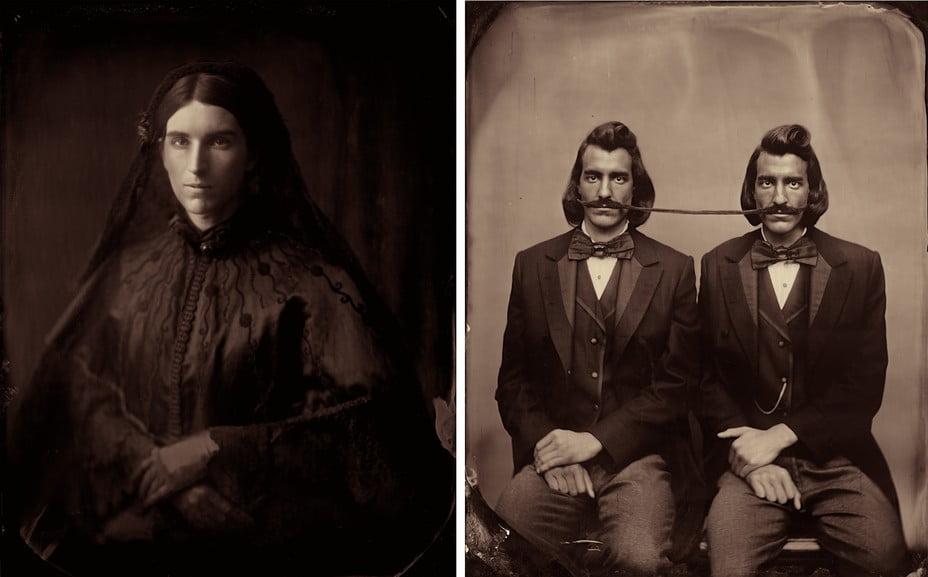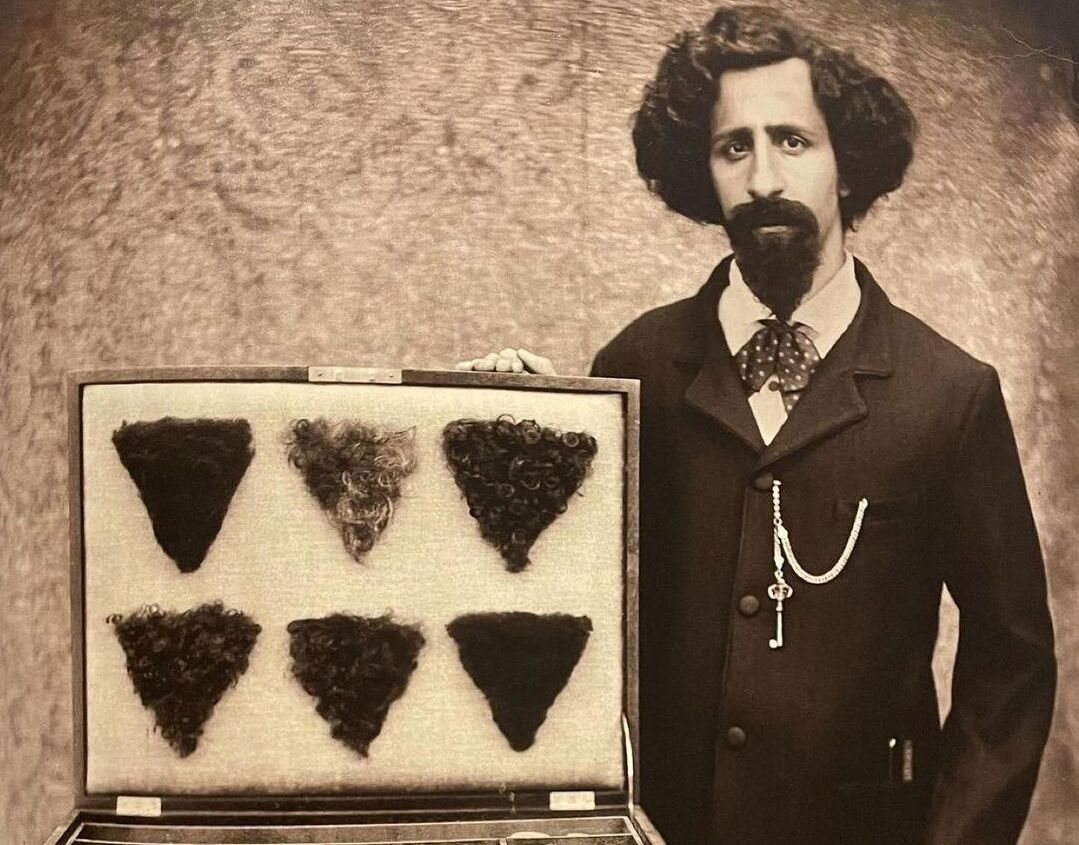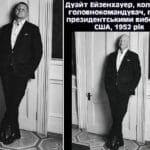In social networks, the supposedly historical picture spread, which captures the merchant with very peculiar products. We checked the reliability of this photo.
At the end of 2021 and early 2022, a photograph of a man showing a set of woolen triangular products became popular on the Internet. The picture was accompanied by signatures like “Seller of intimate wigs. New York, the 1860s. " Such publications can be found in enough Popular public in VKontakte, on Facebook, V Twitter, "Classmates", Livejournal and on other platforms. October 30, a note dedicated to this photo, Published MAXIM magazine. The image became popular abroad, for example Reddit.
If you look for this photo in Google, then most of the links that fall into the results of the issuance are pages in social networks and on the blog platforms. An article by Lawrence Weshler is clearly knocked out of this row, published In September 2020 in The Atlantic magazine. This text is called “The incredible story of Shimmel Tsohara” and, as indicated at the end of the material, is a retelling of the afterword written by Weshler to the catalog Exhibitions In the modern Jewish Museum in San Francisco.
According to Weshler, for the first time he heard about Shimmel Taskhara from the museum of the museum Gravity Goldberg-then in the institution they prepared for the showing “recently discovered storehouse of works” of the photographer, who emigrated from the Baltic states in the 19th century and captured the life of the New York of his time. Although the catalog was almost ready for publication, Goldberg saw some catch in this whole story and invited Weshler to figure it out. He agreed, got acquainted with the draft of the catalog and also found many oddities in the photographs. The pictures captured, in particular, a man with a bump on his forehead, holding a banana peel in his hand, a girl, a knitting condom, and Siamese twins, only fused with a mustache. The "seller of intimate wigs" also got into the selection. Funny pictures themselves were equipped with no less funny signatures.


Weshler met with Stephen Berkman - a man who provided the Museum "Collection of works of Tsohara." Berkman said that he teaches at the art college in Pasaden and has long been fond of old photographs of photography. At home, he even organized a photo laboratory, where he took a “old” picture of Weshler on a glass plate, simultaneously telling in detail about the technology he used. However, when the guest started talking about the New York photographer of the 19th century, Berkman left the answer.
The next day, Washler and Berkman met again. The photographer said that in the late 1990s, during a trip to New York, he discovered an old album for cuts on the flea market-from there he learned about the existence of the Tsohara photo studio. In his subsequent visits, Berkman found out several facts about this person and his workshop. They even allegedly discovered a box signed by his name - however, there were no plates with photographs in him, there was only a notebook with records for Yiddish. The acquaintance of Berkman began to work on the translation, although their common friends doubted his correctness. Soon this one who knew Yiddish died died, and the notebook was lost.
Not finding the surviving work of Tsohara, the Berkman wanted to pay tribute to the memory of the photographer who had lived in the century before last. He decided to recreate the pictures from the descriptions taken by his friend. For almost 20 years, Berkman and his wife were looking for models, prepared costumes and props, collected scenery and equipped a photo studio in the backyard of their own house. The pictures were made using a technology that Tsohar and his contemporaries probably used. “So yes, technically the photos were taken by me,” Burkman said in an interview. Back in 2014, he introduced Intermediate results of their work in public.
A few days after the publication of the publication in The Atlantic, the Modern Jewish Museum Spent In the online mode a public meeting with Weshler and Berkman. The latter during the conversation admitted that at least part of the scenes captured in the photographs, he came up with himself and they have nothing to do with the notes of Tsohara, even if we believe in their existence and/or the correctness of the translation made by the friend of Berkman.
Thus, a viral photograph that has become a modern picture created using the technology of the mid -19th century. How reliable is the story of his author Stephen Berkman about the background of the project, including the very existence of Shimmel Tsohara, is a controversial question, and the authors of publications about this series and the followed exhibition Answer On him differently. Be that as it may, the man depicted in the picture is our contemporary, and not at all a “seller of intimate goods” from New York of the 1860s.
Not true
- L. Weschler. The Uncanny Tale of Shimmel Zohar
- Contemporary Jewish Museum. STEPHEN BERKMAN AND LAWRENCE WESCHLER In Conversation
- Contemporary Jewish Museum. Predicting the Past: Zohar Studios, The Lost Years
If you find a spelling or grammatical error, please inform us of this, highlighting the text with an error and by pressing Ctrl+Enter.






